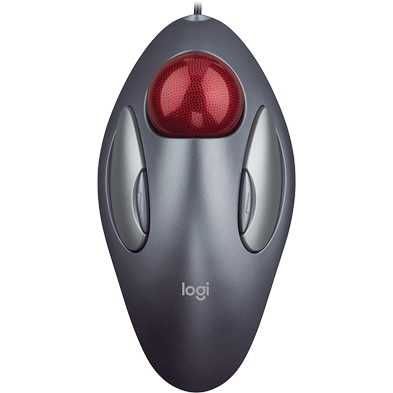I've been touch typing for over 40 years. For the last 7 I have been doing strictly transcription so now I type for hours on end and my body is starting to feel it.
Last week I started looking for a more ergonomic solution and started playing around with the Dvorak keyboard and while I was searching for something I came across this site. Wow, it never occurred to me that there was anything else out there. I started the lessons and after lesson 3 thought eh, the best way to learn was to just start typing.
It's starting to make some sense but is it really possible (and worth it) to switch at this point? And if I did, would it increase my speed of about 70 wpm (transcription slows you down)?
